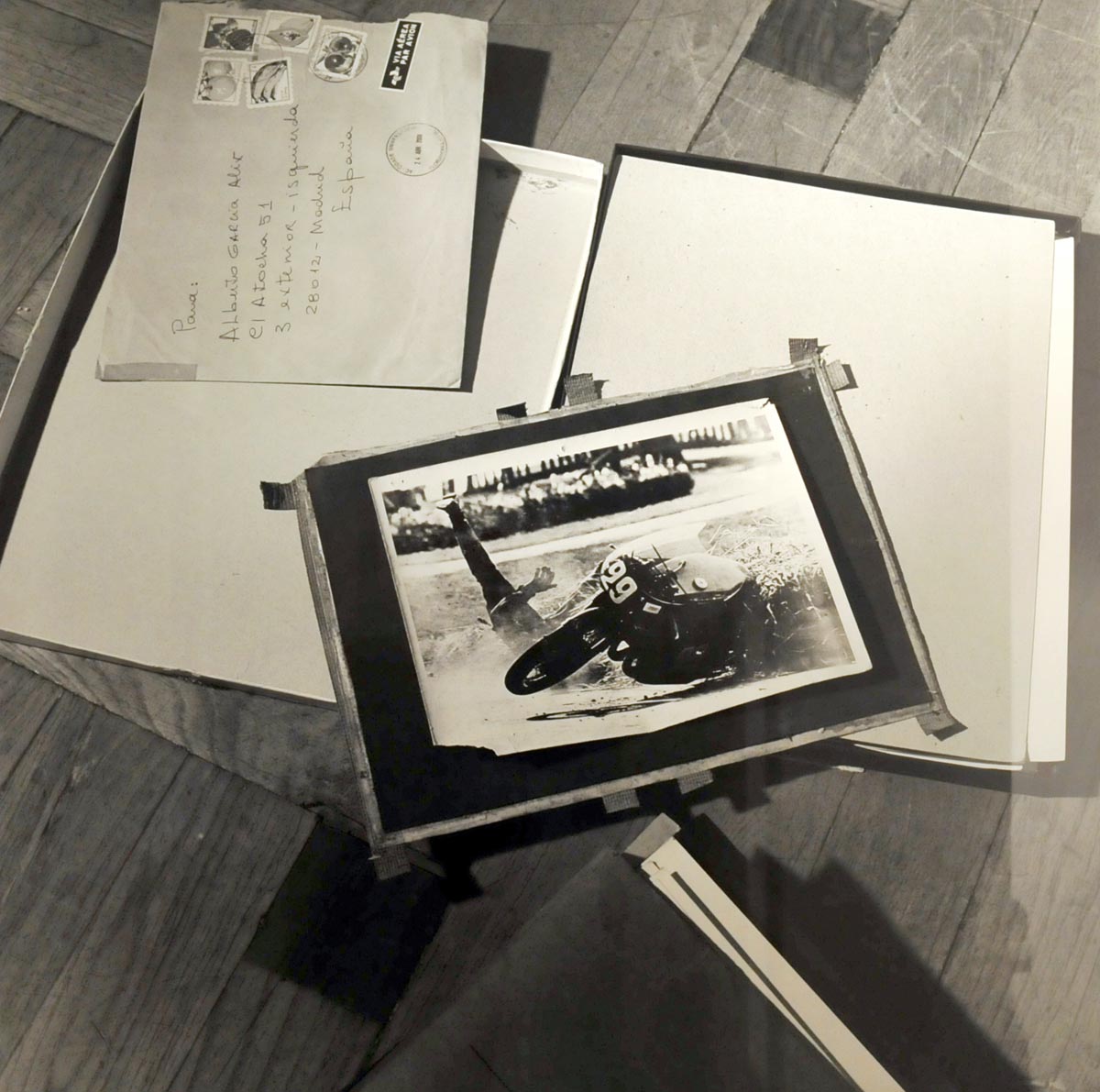Communication with the purpose of culturally promoting artists included in the Fundación María Cristina Masaveu Peterson Collection, works protected by intellectual property rights. Their total or partial reproduction or processing by any means, or their transmission or cession in any form is forbidden without the authorisation of the holder of the rights to the works
© García-Alix, Alberto. VEGAP, Madrid, 2025
Lo que quedó de un mundo
TECHNICAL DATA
Author: Alberto García-Alix (León, 1956)
Title: Lo que quedó de un mundo (What was left of a world)
Year: 2003
Technique: silver gelatine dry plate photograph on paper
Size: 115 x 115 cm
Edition: 1/3
This emblematic work by Alberto García-Alix was acquired by the Fundación María Cristina Masaveu Peterson at the ARCO International Contemporary Art Fair (Madrid) in 2009, and it comes from the series Once Upon a Time in Paris (Je t’en prie) (2003) which the artist made during the three and a half years he lived in the capital of France. The series is comprised of large-scale works influenced by his delicate health and the medical treatment he was undergoing at the time, while also revealing some of his personal experiences: the death of friends and family members, separations and the struggle against addiction. The series began with a photograph of his empty flat before he left, Last Night in Madrid; since then it has been exhibited in different individual and collective shows.
The thematic series contrasts with his more celebrated works until then (pictures of Madrid’s Movida, drugs, motorcycles, tattooed skin, famous people, marginal beings of all sorts, etc.), generating a different picture which, while equally intimate, is fed by everyday objects, open balconies, shutters, neon lights, empty rooms or—as in this beautiful piece—the nostalgia of a letter, an image, a yearning. Simple things worth keeping, authentic self-portraits of absence, or signals not to forget painful experiences. The photograph suggests the artist’s literary baggage, which he has periodically kept up in the last decade, going beyond that transgressive image that many people erroneously identify as the only—or best—one from his long career.
The work uses a streamlined, analogically controlled technique designed to capture the spirit of the message and compose this authentic still life, which exemplifies melancholy by controlling the essence portrayed while masterfully and delicately maintaining the veteran artist’s vital, creative irony.

